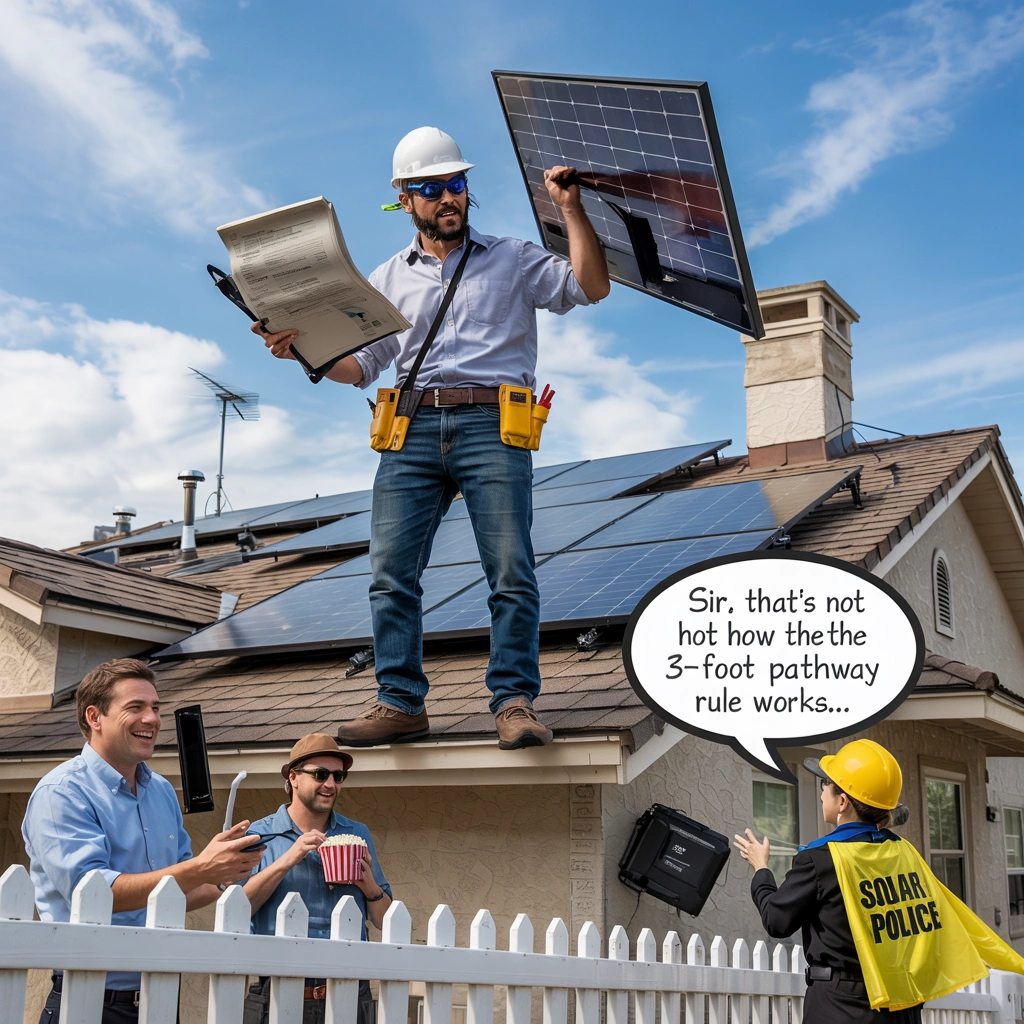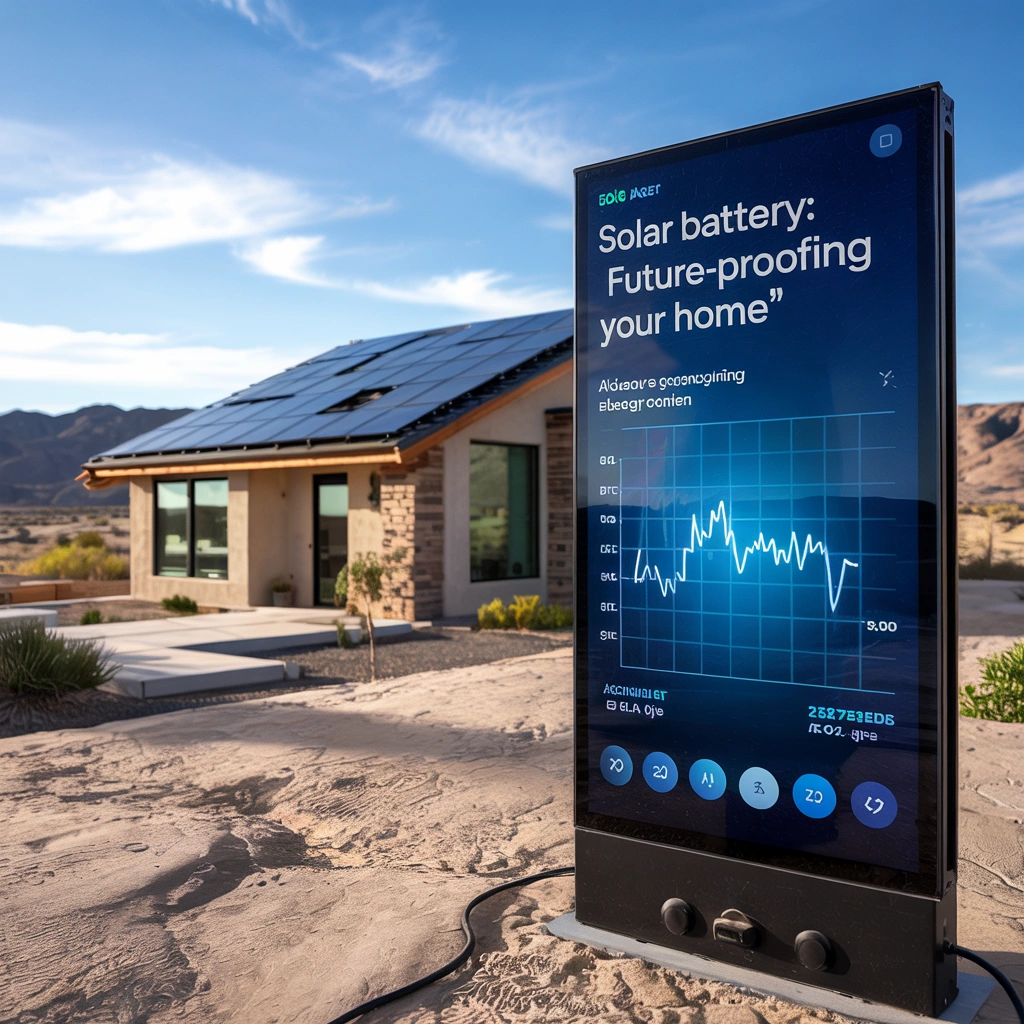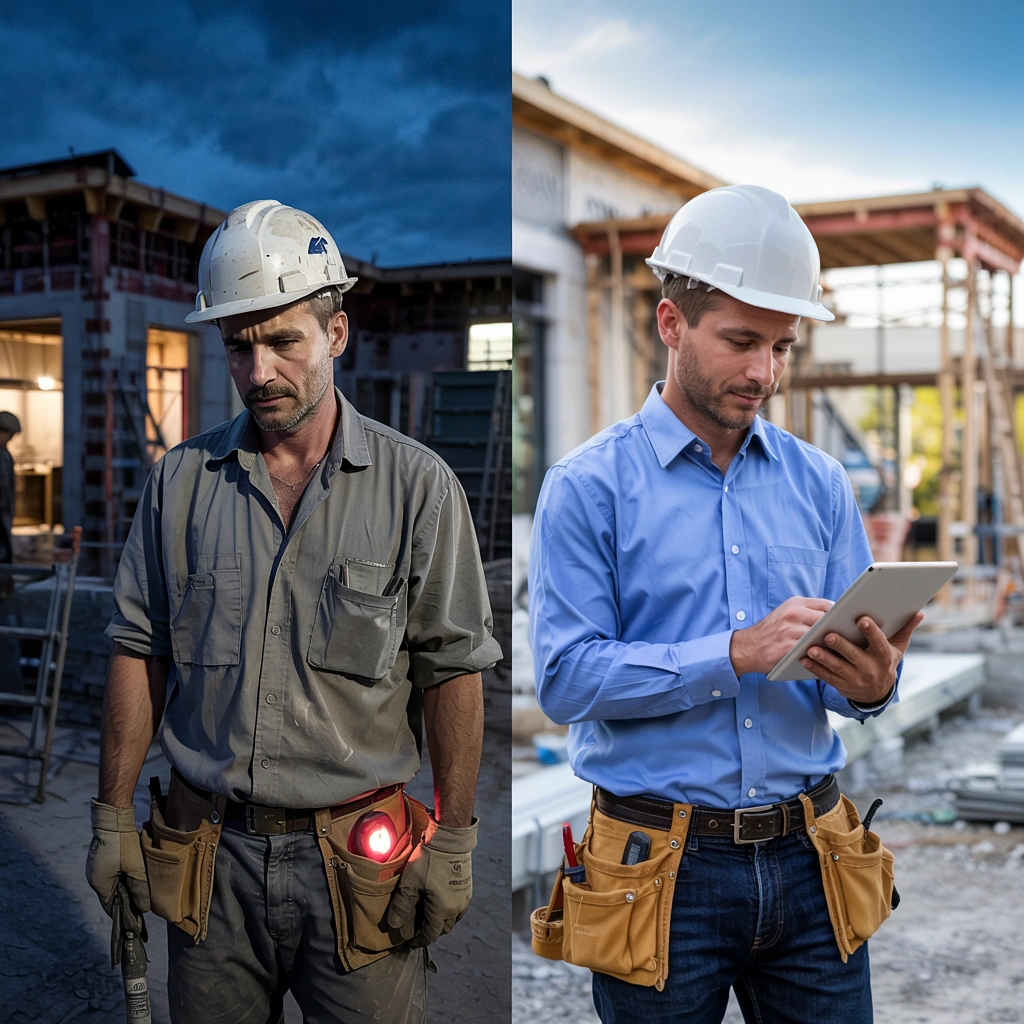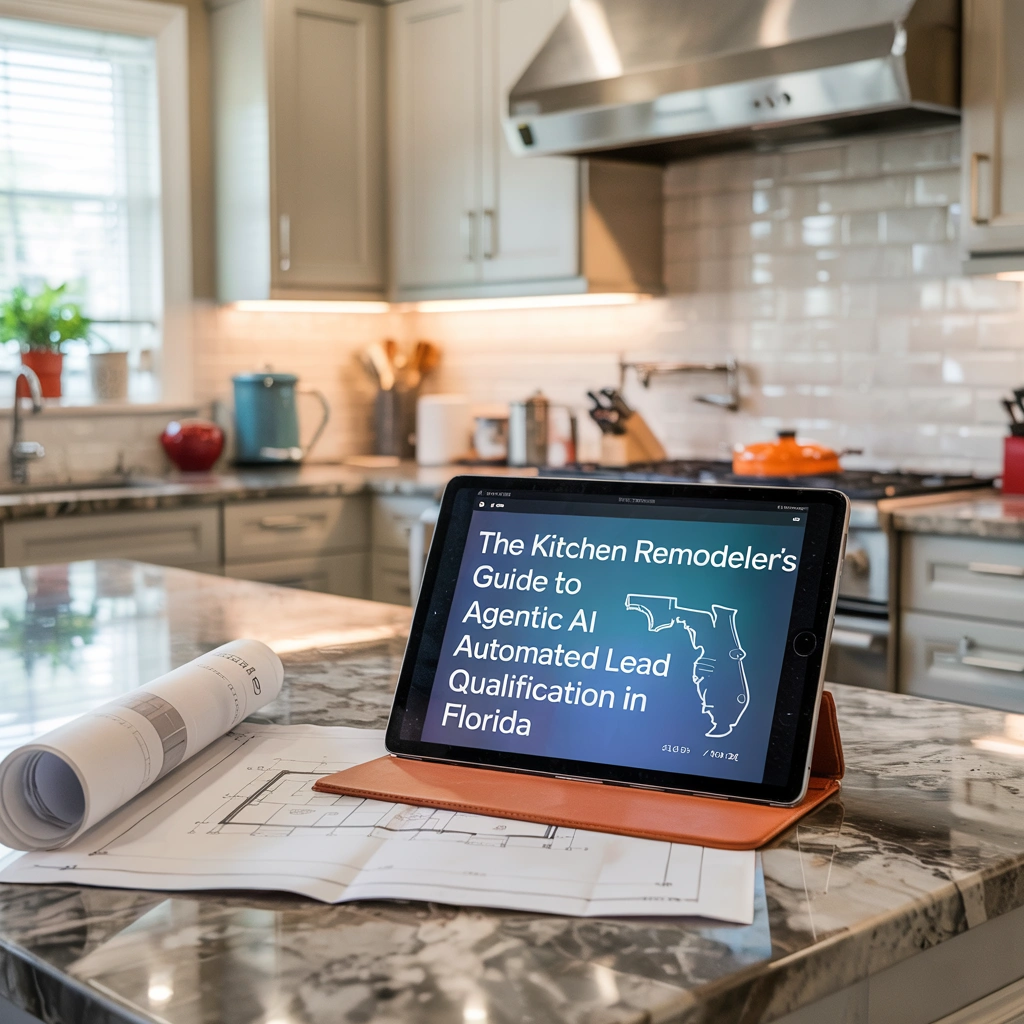
Summary: Installing solar panels in Clark County involves specific permit sequences and fire code requirements that many homeowners overlook—but Nevada’s new Senate Bill 440 creates important protections that could save you thousands if you know how to use them correctly.
Key Takeaways
- Clark County requires zoning approval before electrical permit submission, with specific fire code clearance requirements for roof access
- Nevada’s Senate Bill 440, effective October 1, 2025, protects homeowners’ solar rights while requiring HOAs to respond to installation requests within 15-35 days
- Working with the Nevada State Contractors Board licensed installers ensures eligibility for NV Energy incentives and proper permit compliance
- The inspection sequence follows a specific order: electrical rough-in, structural review, and net metering application through PowerClerk
- Homeowners can maximize their 30% federal tax credit through proper project cost budgeting before the December 31, 2025, expiration
Nevada’s Solar Bill of Rights Protects Your Investment With Safety Requirements
Nevada’s solar legislation creates a protective framework for homeowners investing in renewable energy systems. The state’s Solar Bill of Rights establishes clear safety standards and regulatory guidelines that prevent costly installation mistakes while ensuring long-term system performance. These protections extend beyond basic consumer rights to include specific technical requirements that safeguard both property values and system efficiency.
Clark County builds upon these state protections with additional local safety measures designed for the region’s unique climate conditions, including specific fire code clearances that account for extreme heat conditions and emergency responder access needs. The county’s fire code requirements mandate specific clearances around solar installations, ensuring emergency responders can safely access rooftops during critical situations. These regulations also protect homeowners from insurance complications that could arise from non-compliant installations.
Understanding these protective frameworks becomes crucial when navigating the complex installation process. Trusted marketing professionals who specialize in renewable energy projects help homeowners understand how these regulations translate into practical installation requirements and long-term investment protection strategies.
Pre-Installation Planning That Prevents Costly Delays
Successful solar installations begin with thorough energy assessments that account for Nevada’s unique consumption patterns. The planning phase requires careful analysis of historical usage data, future energy needs, and site-specific factors that influence system performance. Thorough preparation during this stage prevents expensive modifications and ensures optimal system sizing.
Calculate Energy Needs Based on Nevada’s High Import Dependence
Nevada residents consume approximately 935 kWh monthly, significantly higher than in many other states due to extreme weather conditions and energy-intensive cooling requirements. This elevated consumption pattern makes solar installations particularly cost-effective, as systems can offset substantial portions of monthly electricity bills that average approximately $175-$188 statewide, with costs in Las Vegas potentially higher due to extreme weather conditions. The state’s high energy import dependence means local solar production provides both economic and grid stability benefits.
Accurate energy calculations must account for seasonal variations and future consumption changes. Nevada’s summer months can see electricity usage spike to 150% of winter levels, requiring careful system sizing to handle peak demand periods. Professional energy audits help identify the optimal system capacity while considering factors like electric vehicle adoption, home expansions, or changing family circumstances that could affect long-term energy needs.
Navigate HOA Regulations Under Senate Bill 440’s Response Requirements
Nevada’s Senate Bill 440, effective October 1, 2025, strengthens homeowner solar rights by mandating HOA response timeframes of 15-35 days for installation requests. The legislation prevents unnecessary delays while allowing associations to maintain reasonable aesthetic standards that don’t significantly increase costs or reduce system efficiency by more than 10%. These protections ensure HOAs cannot indefinitely postpone solar approvals through bureaucratic delays.
HOA compliance requires strategic planning to address potential aesthetic concerns proactively. Many associations prefer specific panel colors, mounting styles, or placement locations that maintain neighborhood visual consistency. Submitting detailed architectural plans early in the process helps identify potential conflicts before permit applications, preventing costly redesigns during later installation phases.
Clark County Permit Process: Zoning Approval, Then Electrical
Clark County’s permit process follows a specific sequence that begins with zoning approval before electrical permit submission. This two-step approach ensures installations comply with both land use regulations and electrical safety codes. The county’s streamlined process reduces approval timeframes while maintaining thorough safety oversight.
Required Documents for Citizen Access Portal Submission
The Citizen Access Portal serves as Clark County’s central hub for all permit applications, requiring account creation before submission. Complete applications must include electrical single-line diagrams, structural load calculations, equipment specification sheets, and detailed site plans showing panel placement relative to property boundaries. Missing documentation triggers automatic rejections that delay project timelines and increase administrative costs.
Professional documentation preparation becomes essential for smooth permit processing. Systems exceeding 600 volts AC or DC, or those with more than 800 amperes of production capability, require Nevada-licensed electrical engineer designs. Most residential installations fall below these thresholds but still need thorough technical documentation that demonstrates code compliance and system safety.
IFC Fire Code Clearance Requirements for Roof Access
International Fire Code guidelines require rooftop solar arrays to maintain specific clearances for emergency responder access. Clark County mandates 36-inch clearances from roof edges and 18-inch spacing from peaks or valleys to ensure firefighter safety during emergencies. These requirements prevent installations that could impede rescue operations or create additional hazards during fire suppression activities.
Clearance calculations must account for roof geometry, structural features, and local fire department access requirements. Ground-mounted systems face additional setback restrictions in some municipalities, with height limitations preventing visual obstructions for neighboring properties. Early consultation with fire code officials helps identify potential placement issues before finalizing system designs.
Working With Nevada State Contractors Board Licensed Installers
Nevada law requires all solar installations to use contractors licensed through the Nevada State Contractors Board, ensuring professional standards and consumer protections. Licensed contractors possess the technical expertise, insurance coverage, and bonding necessary for safe, compliant installations that qualify for utility incentives and warranty protection.
Verify License Status and Disciplinary History
The Nevada State Contractors Board website provides real-time license verification and disciplinary history searches for all registered contractors. Active licenses indicate current insurance coverage, bonding status, and compliance with continuing education requirements. Checking disciplinary records reveals past violations, customer complaints, or regulatory actions that could indicate potential installation quality issues.
Contractor selection extends beyond license verification to include project-specific experience and local knowledge. Solar installations require specialized skills in electrical systems, structural engineering, and building codes that differ from general contracting work. Experienced solar contractors understand Clark County’s specific requirements, common installation challenges, and optimal system configurations for local climate conditions.
Inspection Sequence and NV Energy PowerClerk Application
Clark County’s inspection process follows a predetermined sequence designed to verify safety and code compliance at each installation phase. The structured approach prevents costly corrections by identifying issues early in the construction process, ensuring systems meet all regulatory requirements before final approval.
1. Electrical Rough-In Before Panel Installation
Electrical rough-in inspections occur before panel mounting, allowing inspectors to verify conduit placement, grounding systems, and electrical connections while components remain accessible. This inspection confirms proper wire sizing, circuit protection, and grounding electrode installations that form the foundation of safe solar system operation. Passing rough-in inspection prevents later access issues that could require expensive system modifications.
2. Structural and Fire Department Inspections
Structural inspections verify mounting system integrity and load calculations, ensuring roofs can safely support solar panel weight and wind loads over 25-year system lifespans. Fire department inspections confirm clearance compliance and verify emergency access routes remain unobstructed. These coordinated inspections address both structural safety and emergency response requirements simultaneously.
3. Net Metering Application With Required Technical Documents
NV Energy’s PowerClerk platform streamlines net metering applications while providing real-time status tracking for utility interconnection requests. Applications require final inspection certificates, system commissioning reports, and detailed technical specifications that demonstrate grid-safe operation. The platform reduces processing delays by centralizing documentation and automating utility review processes.
Net metering approval typically requires 2-6 weeks after final inspection completion, during which systems cannot operate without utility permission. Early PowerClerk submission helps minimize this waiting period, allowing homeowners to begin generating solar credits sooner after installation completion.
Maximizing Your 30% Federal Tax Credit Before December 31, 2025, Expiration
The federal solar Investment Tax Credit provides 30% cost recovery for systems installed through December 31, 2025, making immediate installation financially advantageous. This substantial incentive applies to total project costs, including equipment, installation labor, permits, and related expenses, significantly reducing overall investment requirements.
Budget for Total Project Costs Including Permits
Complete cost planning must account for equipment (40-50% of total), installation labor (25-35%), permits and inspections (2-3%), utility interconnection (1-2%), and applicable sales taxes. Clark County permit fees typically range from $200-$500 for residential systems, while electrical inspection costs add another $100-$200 to project budgets. Understanding these complete costs helps homeowners plan financing and maximize tax credit benefits.
Performance Monitoring for Early Issue Detection and Optimization
Modern solar systems include monitoring capabilities that track daily production, identify performance variations, and alert homeowners to potential issues before they become expensive problems. Regular monitoring helps ensure systems deliver projected returns while maintaining warranty coverage through documented performance records. Early issue detection prevents minor problems from escalating into major system failures.
Performance monitoring also provides valuable data for system expansion planning and energy usage optimization. Homeowners can identify opportunities for additional panels, battery storage integration, or load management strategies that further improve solar investment returns over time.
This Checklist Provides Your Foundation for a Successful Solar Investment
Following Clark County’s specific requirements and Nevada’s solar regulations ensures installations proceed smoothly while maximizing long-term investment returns. Proper planning, licensed contractor selection, and thorough permit compliance create the foundation for decades of reliable solar energy production and substantial utility bill savings.
The combination of federal tax incentives, Nevada’s protective legislation, and Clark County’s streamlined permit process makes solar installation both financially attractive and procedurally manageable for prepared homeowners. Success depends on understanding each phase of the installation process and working with qualified professionals who navigate local requirements effectively.
For expert guidance on solar project planning and contractor evaluation, M&J Trusted Marketing specializes in helping homeowners navigate complex renewable energy installations with confidence.
Frequently Asked Questions
How Solar Installation Companies Can Leverage This Content
This informative article, “Choosing the Best Solar Panels & Equipment for Las Vegas’s Climate” can be adapted and repurposed across multiple marketing formats to help increase website traffic for kitchen remodeling services, build trust with potential clients, and differentiate their services in a competitive market. We help with From Article to Action: Using Digital Content to Fill Your Project Pipeline by transforming technical content into powerful marketing campaigns across all digital channels, ensuring maximum reach and engagement with potential customers.






